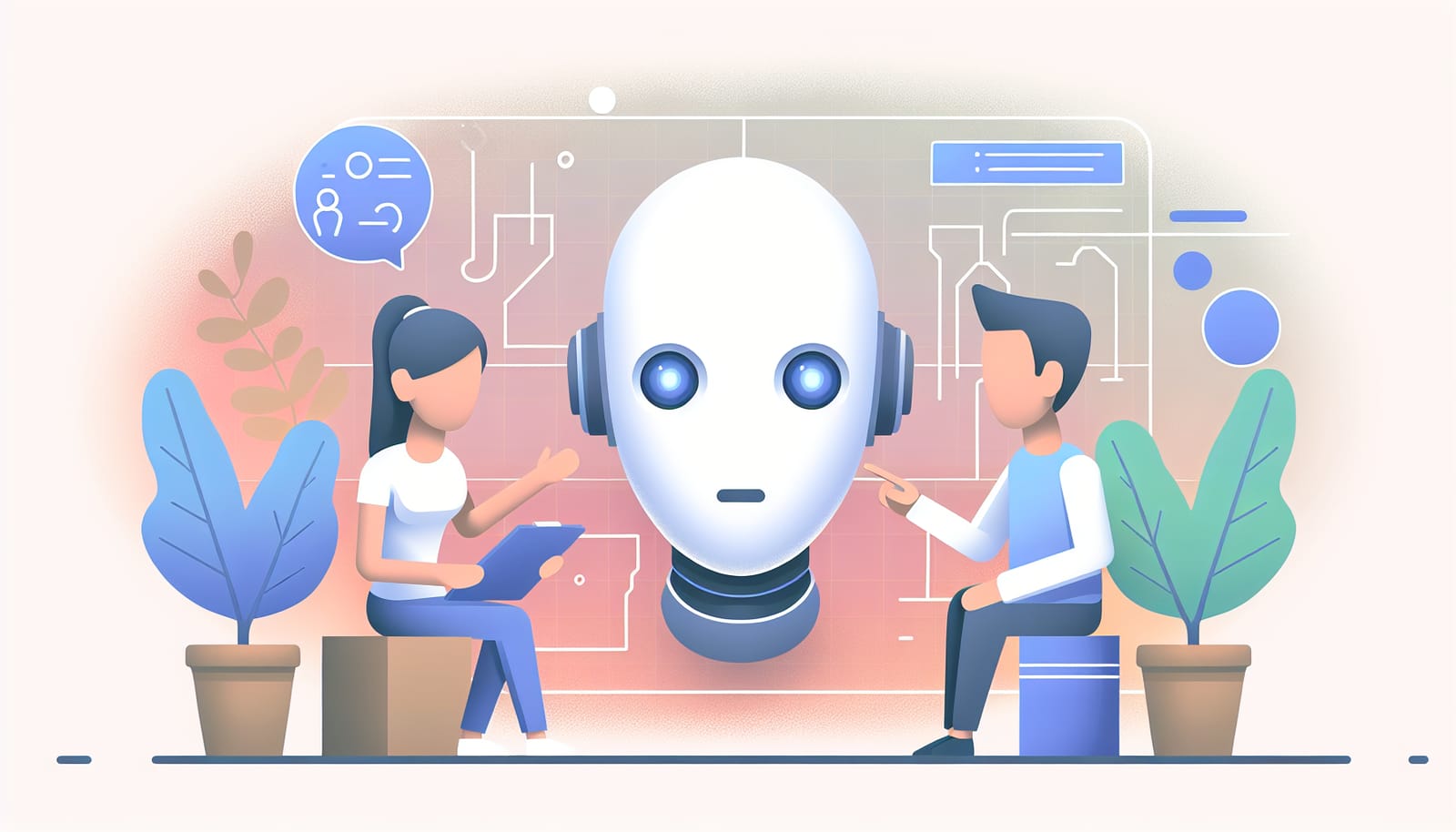Imagine a world where every child learns about artificial intelligence (AI) in the same way we learn about electricity today. Just as understanding electricity has transformed our lives—powering our homes, enabling communication, and revolutionizing industries—AI is set to do the same. This article explores the fascinating parallels between electricity and AI, and how future generations might learn about this transformative technology.
The Power of Electricity
Before we dive into AI, let’s take a moment to reflect on electricity. In the early 1800s, electricity was a mysterious force, known only to a handful of scientists and inventors. Fast forward to today, and we can’t imagine life without it. Electricity powers our devices, keeps our homes warm, and connects us to the world.
In schools, children learn about electricity in simple terms: what it is, how it works, and its applications. They might build circuits, explore the concept of energy transfer, or discover how electricity has evolved over time. This foundational knowledge is crucial; it enables kids to understand, appreciate, and innovate in a world that relies heavily on electrical power.
The Rise of Artificial Intelligence
Now, let’s turn our attention to AI. While it may still seem like magic to many, AI is rapidly becoming a fundamental part of our everyday lives. From voice assistants like Siri and Alexa to recommendation engines that suggest what movie to watch next, AI is all around us. It's not just about robots taking over the world; it’s about machines learning from data to improve our lives in countless ways.
Just as we learned about electricity, the next generation will need to understand AI. This means teaching them what AI is, how it works, and its potential benefits and challenges.
Learning AI: A New Frontier
So, how will future generations learn about AI? The key will be to simplify complex concepts and make them engaging. Here are some ideas:
Hands-On Learning: Just like building circuits in science class, students could develop simple AI models. They could create their own chatbots or programs that recognize images, fostering a hands-on understanding of AI principles.
Storytelling: Using stories and relatable characters can help demystify AI. Imagine a children's book where a friendly robot teaches kids about how it learns from experiences, similar to how they learn from their mistakes.
Interactive Lessons: Incorporating games and simulations can make learning about AI fun. Students might play games where they train AI to recognize objects or solve puzzles, reinforcing their understanding through play.
Real-World Applications: Showcasing how AI is used in various fields—like healthcare, education, and transportation—will help students appreciate its relevance. For example, they might learn how AI helps doctors diagnose diseases more accurately or how it’s used in self-driving cars.
Bridging the Gap
For many adults today, AI can seem overwhelming or even intimidating. However, the goal is to bridge this gap in understanding. Adults can benefit from educational programs that explain AI in simple terms, focusing on its impact on society rather than the technical jargon that often accompanies it.
Workshops, online courses, and community events can help demystify AI for adults. By fostering a culture of curiosity and learning, we can ensure that everyone—regardless of age—can grasp the basics of AI.
Ethical Considerations
As we introduce AI education, it’s crucial to discuss ethics. Just like electricity can be used for both good and bad, AI carries similar responsibilities. Teaching future generations about ethical considerations—such as privacy, bias, and the consequences of AI decisions—will empower them to navigate this technology responsibly.
Children should learn that AI is not just a tool; it’s a reflection of human values and choices. By instilling a sense of responsibility, we can inspire them to become conscientious creators and users of AI technology.
The Future of AI Education
As we look ahead, the future of AI education is bright. Schools are beginning to incorporate coding and AI into their curriculums, preparing students for a world where AI will play an integral role.
Imagine a classroom where students are not just consumers of technology but also creators—designing AI applications that solve real-world problems. This shift in perspective will empower future generations to innovate and collaborate, fostering a spirit of creativity and critical thinking.
Conclusion: A Bright Future Awaits
In conclusion, the day will come when children learn about AI in the same way we learn about electricity. By making AI education engaging, accessible, and ethical, we can prepare the next generation to harness its power responsibly.
Let’s embrace the future with excitement and optimism. As we demystify AI, we empower future innovators to shape a world where technology enhances our lives, making it a better place for everyone. The journey has just begun, and the possibilities are endless. Together, we can inspire a generation that not only understands AI but also uses it to create a brighter future.
So, let’s start today. Whether you’re a parent, teacher, or lifelong learner, there’s no better time to dive into the world of AI and explore the incredible opportunities it holds for all of us.


